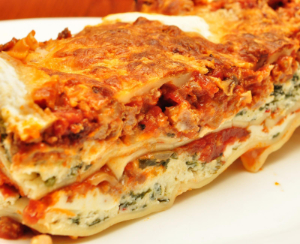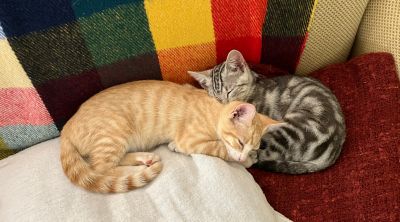# [ACTIVE] FreeCodeCamp
idk man just taking the stuff and puttin it here
# Building a cat photo app: Responsive web design
CatPhotoApp
CatPhotoApp
Cat Lists
Things cats love:
- cat nip
- laser pointers
- lasagna
 Cats love lasagna.
Cats love lasagna.
Top 3 things cats hate:
- flea treatment
- thunder
- other cats
 Cats hate other cats.
# Learn Basic CSS by Building a Cafe Menu
Cats hate other cats.
# Learn Basic CSS by Building a Cafe Menu


